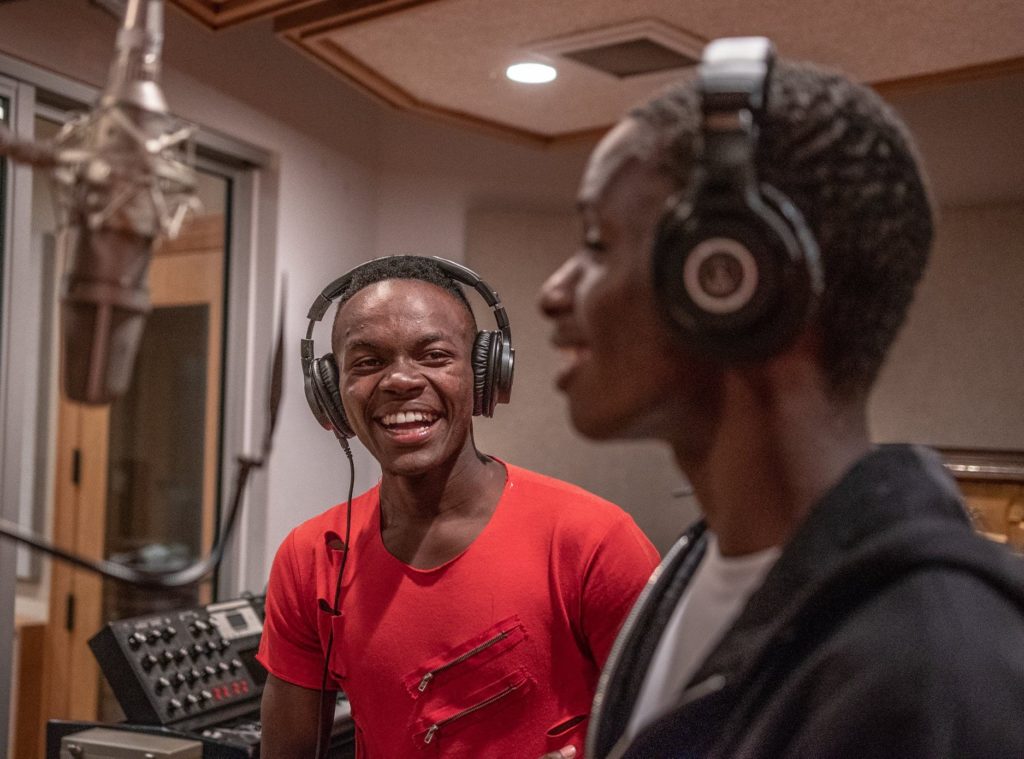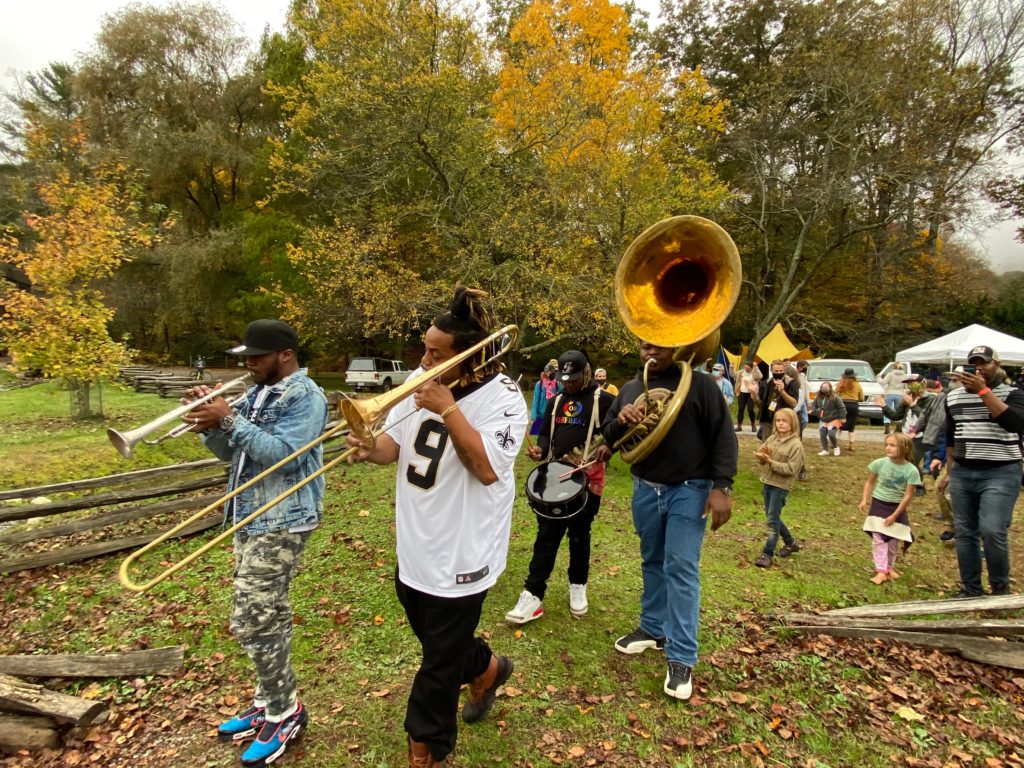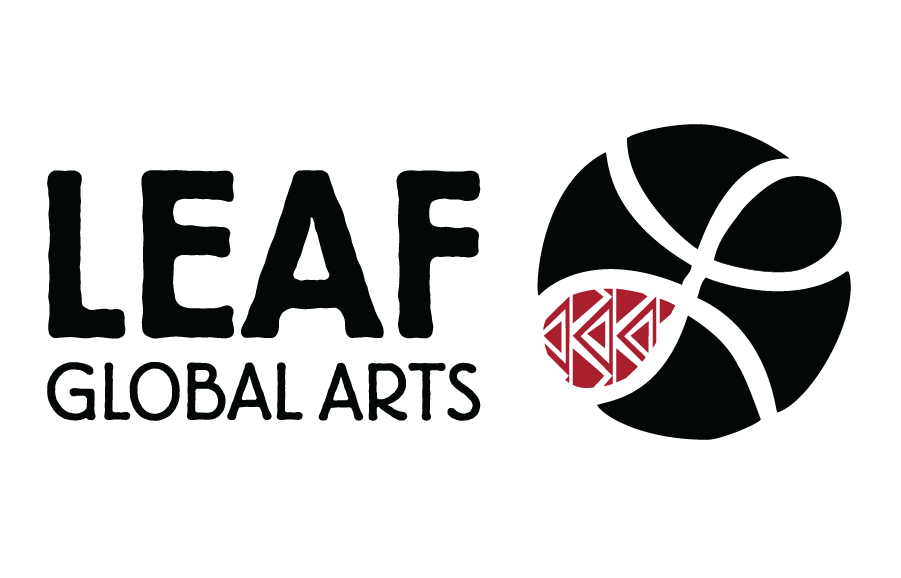
Jazz music is widely considered one of America’s greatest contributions to the world–it completely revolutionized the way we listen to music, dance to music, and think about music. It is deeply rooted in the soul of LEAF. From the guidance of longtime LEAF-family and compass advisor Bootsy Collins to the LEAF International program in New Orleans, we are continually touched and changed by America’s greatest musical gift. Furthermore, Jazz stands as an example of what communities can look like when they come together over cultural curiosity. Most elements of Jazz can be traced back to other cultures. The call-and-response patterns, polyrhythm, and syncopation that are common in Jazz music, for example, can all be traced back to African music. And Jazz instrumentation is influenced by European music. But the genre of Jazz, as we know it today, is an entirely American sound, rooted in Black ragtime and blues styles.
Blues music, popularized by African Americans in the 19th century, came from holler music and hymns that field workers in the South sang. This directly influenced the development of Jazz music, country music, and rock and roll. Much like Blues music, Jazz is well-known for the visceral effect it has on its listeners–the way it captures a wide variety of emotions, creating a form of music that is both an art form and an expression of the soul. Widely acclaimed as “America’s Greatest Artform”, Jazz is considered to be a living expression of the nation’s history and culture: something difficult to define and impossible to contain, but with beauty, sensitivity, and brilliance that has inspired generations and generations of musicians and artists.

At LEAF, we recognize and celebrate jazz hub, New Orleans, as one of the most vibrant living cultures. Through our LEAF International New Orleans program, we bring people together, elevating cultural arts and celebrating the beauty that life has to offer. “Sharing the experience of the kids learning from some of the greatest jazz musicians in the world while we were in New Orleans was inspiring and surreal. To be a part of making that experience happen is why we partnered with LEAF International. Cultural experiences it is a community, and it is people. Together that is all very powerful, but without an organization like LEAF connecting the dots for younger people, it can get lost in translation. Seeing those dots connected first hand in New Orleans only solidified in my mind the great work LEAF is doing for our community and communities around the world”, says Jess Reiser, Burial Beer, and LEAF Partner.
Another genre of music that grew parallel to Jazz is the Afro-Caribbean calypso music genre, hailing from LEAF International Saint Vincent & The Grenadines. The earliest forms of calypso music were very similar to Jazz: its bouncy beats and tuneful melodies often serve up profound, even subversive, messages. Originating in the struggle for emancipation, Afro-Carribean calypso as a genre is characterized by its witty and imaginative treatment of themes such as Carnival. The music demands more careful listening as its roots are deeply intertwined with history and have permanent connections to West African culture.
This American-born musical genre has produced some of the most talented, most important, and most revered musicians, singers, and artists in history: Louis Armstrong, whose improvised solos was key in popularizing Jazz, the two most popular Jazz bandleaders of the 20th century, Benny Goodman and Duke Ellington, the brilliant musicians John Coltrane and Chick Corea, and the esteemed Jazz singers Billie Holiday, Ella Fitzgerald, Nina Simone, Frank Sinatra, and Bing Crosby. What was, at first, a shunned and disparaged genre, Jazz is now an integral part of American culture, which helped to revolutionize music as we know it, teaching us that there are no bounds, no limits when it comes to art.
